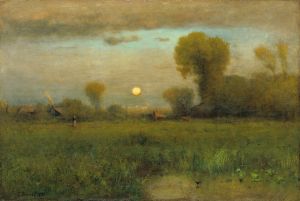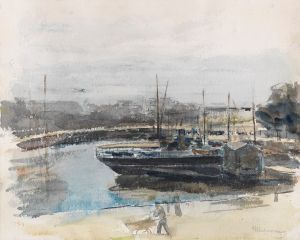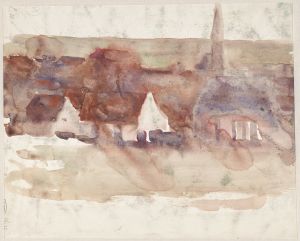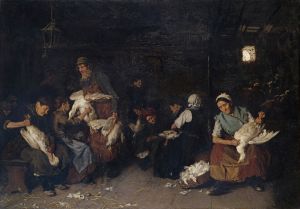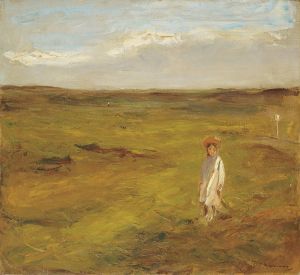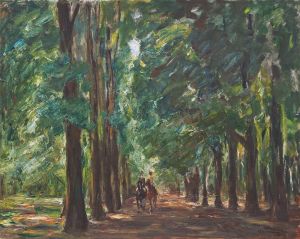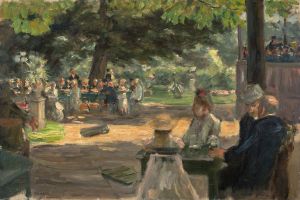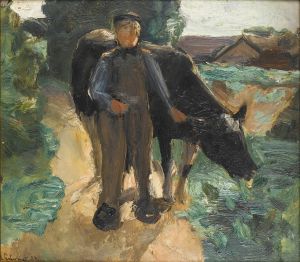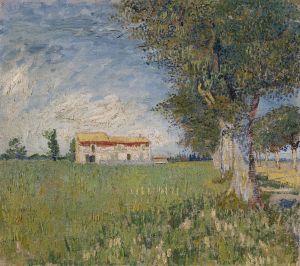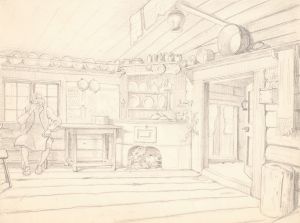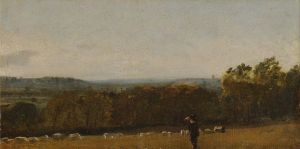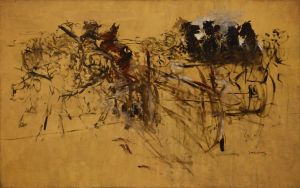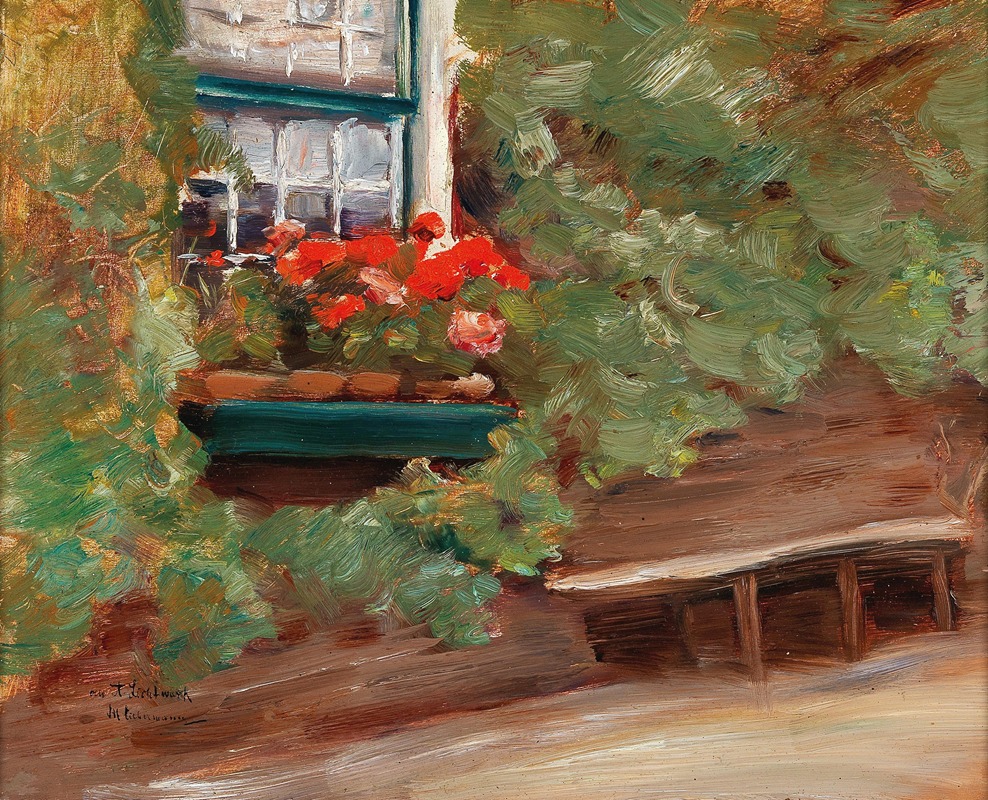
View on a farmhouse in the Netherlands
A hand-painted replica of Max Liebermann’s masterpiece View on a farmhouse in the Netherlands, meticulously crafted by professional artists to capture the true essence of the original. Each piece is created with museum-quality canvas and rare mineral pigments, carefully painted by experienced artists with delicate brushstrokes and rich, layered colors to perfectly recreate the texture of the original artwork. Unlike machine-printed reproductions, this hand-painted version brings the painting to life, infused with the artist’s emotions and skill in every stroke. Whether for personal collection or home decoration, it instantly elevates the artistic atmosphere of any space.
"View on a Farmhouse in the Netherlands" is a painting by the German artist Max Liebermann, a prominent figure in the Impressionist movement. Liebermann, born in 1847 in Berlin, was a leading artist of his time, known for his realistic and impressionistic portrayals of everyday life. His works often depicted scenes of rural and urban life, capturing the essence of the environments he painted with a keen eye for detail and atmosphere.
This particular painting, "View on a Farmhouse in the Netherlands," exemplifies Liebermann's fascination with the Dutch landscape and rural life. The artist had a deep connection with the Netherlands, having spent considerable time there during his career. The Dutch countryside, with its unique light and serene landscapes, provided Liebermann with endless inspiration. His visits to the Netherlands allowed him to study the works of Dutch masters, which significantly influenced his style and technique.
The painting itself is a testament to Liebermann's skill in capturing the subtleties of light and shadow. It depicts a tranquil scene of a farmhouse, set against the backdrop of the expansive Dutch countryside. The composition is balanced and harmonious, with the farmhouse serving as the focal point. Liebermann's brushwork is loose yet deliberate, a hallmark of his impressionistic approach. The use of color is particularly noteworthy; the earthy tones of the farmhouse and surrounding landscape are contrasted with the softer hues of the sky, creating a sense of depth and atmosphere.
Liebermann's attention to detail is evident in the way he portrays the textures of the farmhouse and the surrounding vegetation. The painting conveys a sense of peace and simplicity, reflecting the quiet beauty of rural life. This work is a fine example of how Liebermann was able to blend realism with impressionism, capturing not just the physical appearance of the scene but also its mood and essence.
Throughout his career, Max Liebermann was celebrated for his ability to depict the ordinary with extraordinary sensitivity. His works often focused on themes of labor and leisure, highlighting the dignity and grace of everyday activities. "View on a Farmhouse in the Netherlands" fits within this broader context of his oeuvre, showcasing his enduring interest in the interplay between humans and their environment.
Liebermann's contributions to art were significant, and he played a crucial role in the development of modern art in Germany. He was a founding member of the Berlin Secession, an art movement that sought to break away from traditional academic art and promote new artistic expressions. His influence extended beyond his paintings, as he was also an important figure in the cultural life of Berlin, serving as the president of the Prussian Academy of Arts.
Today, Max Liebermann's works are held in high regard and can be found in major museums and collections around the world. "View on a Farmhouse in the Netherlands" remains a cherished piece, admired for its beauty and the insight it provides into Liebermann's artistic vision and his appreciation for the Dutch landscape.





